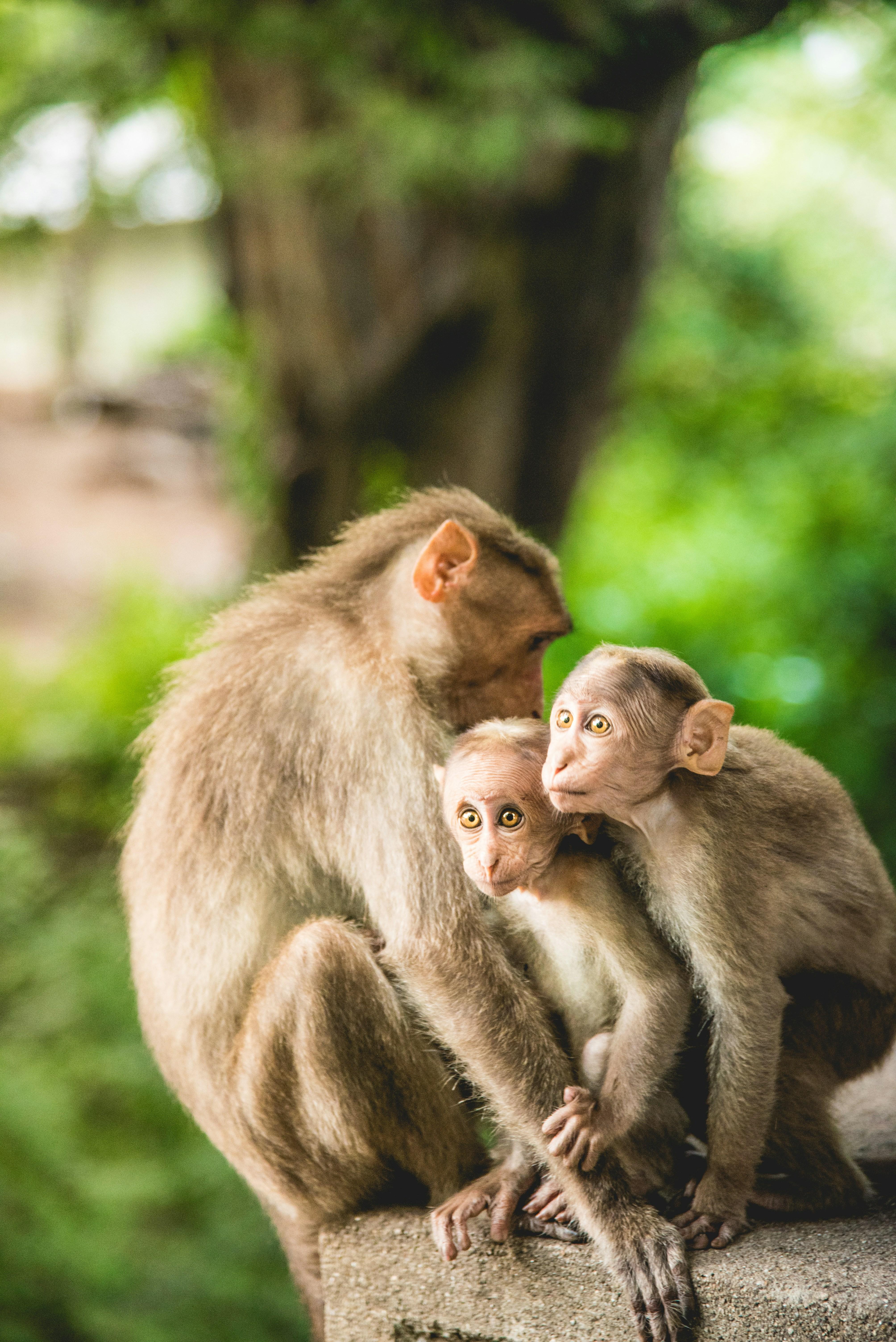Wildlife Sanctuaries & National Parks: India’s Living Treasures of Nature

India is a land of breathtaking biodiversity, and its wildlife sanctuaries & national parks are the beating heart of this natural heritage. Wildlife sanctuaries & national parks offer travelers a chance to witness majestic animals, rare birds, and vibrant ecosystems in their purest form—untouched, untamed, and unforgettable.
From the tiger trails of Madhya Pradesh to the rhino wetlands of Assam, these protected areas are more than just tourist spots—they’re conservation hubs, adventure zones, and spiritual retreats rolled into one.
🐾 What Are Wildlife Sanctuaries & National Parks?
Wildlife sanctuaries are protected areas where animals can roam freely without human interference, while national parks offer stricter protection and often include eco-tourism activities. Both are governed by India’s Wildlife Protection Act and serve as safe havens for endangered species, migratory birds, and unique flora.
Together, they form a network of over 100 national parks and 500+ wildlife sanctuaries across India, each with its own charm and ecological significance.
🌍 Why Visit Wildlife Sanctuaries & National Parks?
Here’s why these destinations are perfect for nature lovers, photographers, families, and adventure seekers:
-
Wildlife Encounters: Spot tigers, elephants, leopards, rhinos, lions, and more.
-
Eco-Tourism: Support conservation while enjoying sustainable travel.
-
Adventure Activities: Jeep safaris, boat rides, trekking, and birdwatching.
-
Educational Value: Learn about ecosystems, animal behavior, and biodiversity.
-
Peace & Solitude: Escape city chaos and reconnect with nature.
🗺️ Top National Parks in India
Here are some of the most iconic national parks every wildlife enthusiast should explore:
1. Jim Corbett National Park (Uttarakhand)
-
India’s first national park, famous for Bengal tigers and elephant safaris.
-
Diverse terrain: hills, marshes, rivers, and grasslands.
2. Ranthambore National Park (Rajasthan)
-
Known for tiger sightings amidst ancient ruins and forts.
-
Unique blend of history and wildlife.
3. Kaziranga National Park (Assam)
-
UNESCO World Heritage Site, home to two-thirds of the world’s one-horned rhinos.
-
Also hosts elephants, swamp deer, and migratory birds.
4. Gir National Park (Gujarat)
-
The only natural habitat of the Asiatic lion.
-
Also features leopards, hyenas, and deer.
5. Kanha National Park (Madhya Pradesh)
-
Inspiration for Rudyard Kipling’s Jungle Book.
-
Known for barasingha, tigers, and lush sal forests.
6. Bandhavgarh National Park (Madhya Pradesh)
-
Highest density of tigers in India.
-
Offers jeep safaris and elephant rides.
7. Sundarbans National Park (West Bengal)
-
Largest mangrove forest in the world.
-
Home to the elusive Royal Bengal Tiger and saltwater crocodiles.
🏞️ Hidden Gems: Lesser-Known National Parks
India also boasts offbeat parks that offer solitude and rare sightings:
-
Namdapha National Park (Arunachal Pradesh): Red pandas, snow leopards, and clouded leopards.
-
Dudhwa National Park (Uttar Pradesh): Swamp deer and rhino reintroduction program.
-
Khangchendzonga National Park (Sikkim): UNESCO site with Himalayan black bears and alpine beauty.
These parks are ideal for eco-tourists and serious wildlife photographers.
🐘 Top Wildlife Sanctuaries in India
Sanctuaries offer more flexible access and are often less crowded:
-
Periyar Wildlife Sanctuary (Kerala): Boat safaris and elephant sightings.
-
Bharatpur Bird Sanctuary (Rajasthan): Heaven for birdwatchers.
-
Mudumalai Wildlife Sanctuary (Tamil Nadu): Tigers, leopards, and elephants.
-
Manas Wildlife Sanctuary (Assam): UNESCO site with golden langurs and hornbills.
-
Wayanad Wildlife Sanctuary (Kerala): Dense forests and rich biodiversity.
📅 Best Time to Visit
-
October to March: Ideal for most parks due to pleasant weather and active wildlife.
-
April to June: Best for tiger sightings in dry zones like Ranthambore and Bandhavgarh.
-
Monsoon (July to September): Lush landscapes but limited access in some parks.
Always check park opening dates and safari availability before planning.
🚐 What’s Typically Included in Wildlife Tour Packages
Most wildlife packages offer:
-
Accommodation near the park (resorts, lodges, camps)
-
Jeep or boat safaris with expert guides
-
Entry permits and park fees
-
Transfers and local transport
-
Optional activities: nature walks, birdwatching, tribal village visits
🧳 What to Pack
Essentials for a comfortable and safe wildlife trip:
-
Binoculars and camera
-
Neutral-colored clothing
-
Sunscreen, hat, and sunglasses
-
Insect repellent
-
Water bottles and snacks
-
ID proof and permits
-
Comfortable shoes
🐾 Responsible Wildlife Tourism Tips
Wildlife sanctuaries & national parks are fragile ecosystems. Here’s how to travel responsibly:
-
Don’t Litter: Carry your waste and use eco-friendly products.
-
Respect Wildlife: Maintain distance, avoid flash photography, and don’t feed animals.
-
Follow Park Rules: Stick to designated trails and safari timings.
-
Support Local Communities: Buy local crafts and hire certified guides.
-
Avoid Noise: Keep conversations low and phones on silent during safaris.
🌟 Sample Itinerary (7 Days Wildlife Trail)
Here’s a sample itinerary for a week-long wildlife holiday in India:
-
Day 1: Arrival in Delhi, travel to Jim Corbett
-
Day 2: Morning and evening safaris
-
Day 3: Drive to Ranthambore, evening safari
-
Day 4: Full-day safari and visit Ranthambore Fort
-
Day 5: Travel to Bharatpur, birdwatching
-
Day 6: Drive to Agra, visit Taj Mahal
-
Day 7: Return to Delhi
This itinerary blends wildlife, nature, and heritage.
🧭 Final Thoughts
Wildlife sanctuaries & national parks are India’s living museums of nature. Whether you’re chasing tiger trails, listening to bird calls, or watching elephants bathe in forest rivers, these experiences leave you humbled and inspired.
With the right itinerary and mindset, you can explore India’s wild side—responsibly, joyfully, and memorably.



